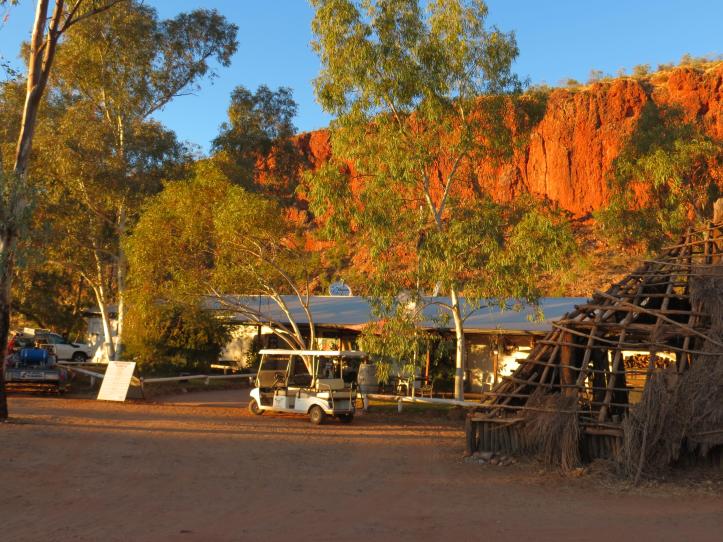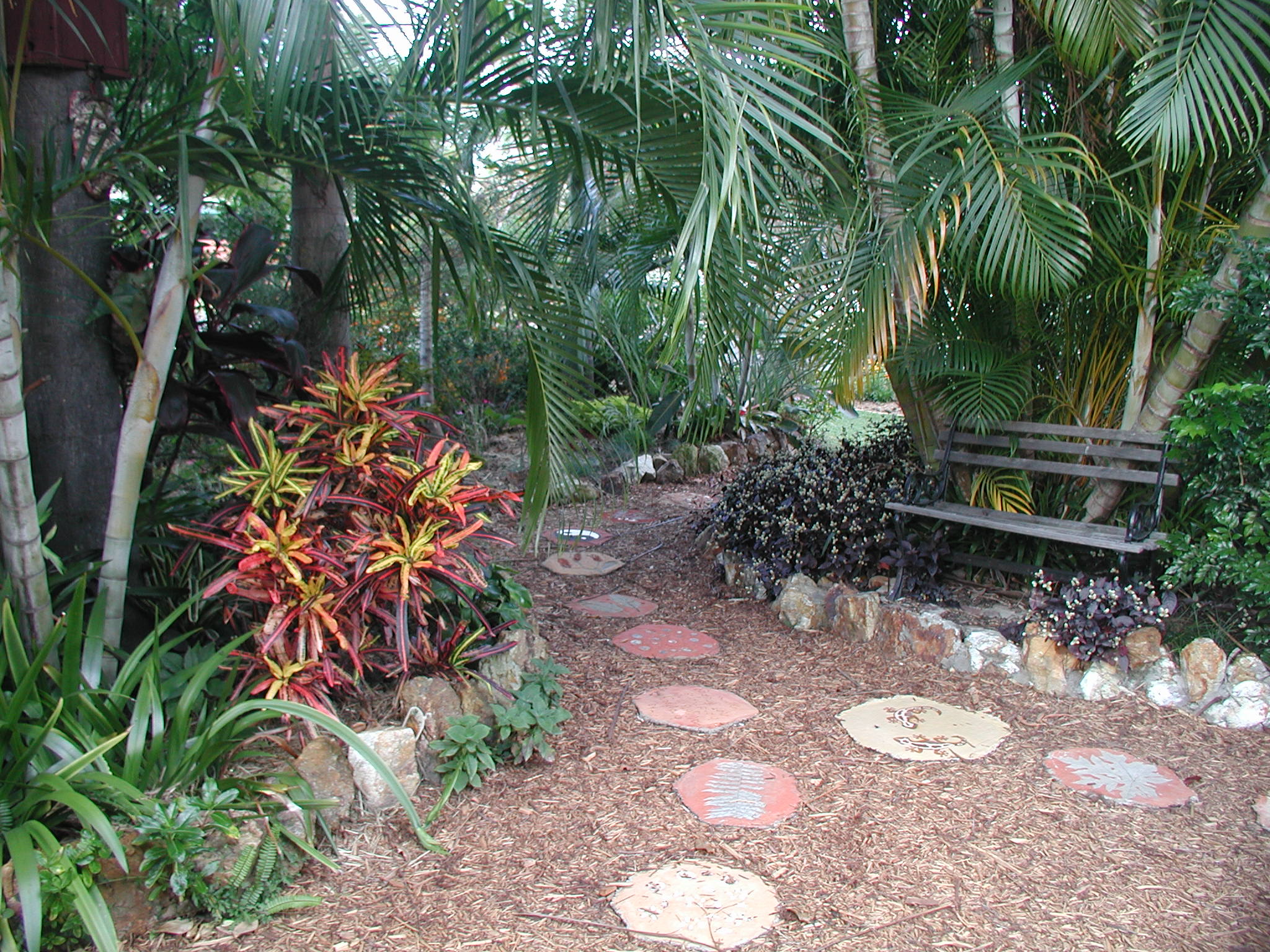Today we are going to explore and sketch at Arltunga an old abandoned mining town. Born out of a gold rush in 1887, Arltunga was officially Central Australia’s first town and once supported up to 400 people.
But on the way we stopped to photograph the ghost gum trees that the Aboriginal artist Albert Namatjira painted.
Born 115 years ago in Hermannsburg, Northern Territory, Albert (Elea) Namatjira remains one of Australia’s most famous artists, for his landscape paintings that celebrated the country through a unique lens of reds, ochres and purples. His story is a tragic one: the Western Arrarnta man became the first Aboriginal to be granted Australian citizenship in 1957. He was then exempted from laws that denied Indigenous Australians the right to vote, own property and drink alcohol, but was arrested for introducing liquor into his community – a charge which he denied. He was released from prison after two months but never recovered, and died of a heart attack in 1959, aged 57. (follow this link to see some of his inspiring paintings)
Copies of his paintings lined the walls of the dining room at Glen Helen and I found them so inspiring. This is Namitjira country and though we were not far from Hermannsburg it could not be squeezed into our full itinerary. A reason to come back for another visit…
We were now heading into true outback country on unsealed roads. The red dust swirls around us and I was pleased Sharon was driving when this huge road train appeared from the dust straight ahead of us. After an hours drive we arrive at Arltunga. I try to visualise how it would be in 1888 when a gold bearing quartz site was discovered. The trudge of 600 kilometres from Oodnadata, the nearest rail head, often on foot. The heat, the dust, possibly flies tormenting them, lack of water, only the thought of probable riches driving them on. Then to arrive here to nothing. All goods had to be brought in by camel. Drought was the norm and water is needed to work their claims and to survive. No water for washing the dust off after a hard day digging and hoping and praying the next shovel would produce the sparkle of gold. Despite these hardships by 1903 a township of approximately 300- 400 people had grown here. Living conditions were extremely rough, in a tent or a small bark hut. By 1918 mining activity had tailed off. leaving behind a ghost town. Owing to the harshness of the climate and the fact that local stone was used in the construction of buildings, the town is well-preserved and in 1975 Arltunga Historical Reserve was established and it became an interesting tourist destination.
After an hours drive we arrive at Arltunga. I try to visualise how it would be in 1888 when a gold bearing quartz site was discovered. The trudge of 600 kilometres from Oodnadata, the nearest rail head, often on foot. The heat, the dust, possibly flies tormenting them, lack of water, only the thought of probable riches driving them on. Then to arrive here to nothing. All goods had to be brought in by camel. Drought was the norm and water is needed to work their claims and to survive. No water for washing the dust off after a hard day digging and hoping and praying the next shovel would produce the sparkle of gold. Despite these hardships by 1903 a township of approximately 300- 400 people had grown here. Living conditions were extremely rough, in a tent or a small bark hut. By 1918 mining activity had tailed off. leaving behind a ghost town. Owing to the harshness of the climate and the fact that local stone was used in the construction of buildings, the town is well-preserved and in 1975 Arltunga Historical Reserve was established and it became an interesting tourist destination.
So here we are looking around and absorbing the atmosphere and again, with the help of Leonie Norton, our teacher and tutor and a very experienced water colour artist, to help and guide us, we try to capture the scenes around us. ( do go here to see her web site she is a very talented artist )


Sketching takes a lot of concentration and so the 3 hours we were there just flew by and I didn’t have time to fully explore the rest of the area. It would’ve been fascinating, but our priority was art, so I promise myself I will be back…
Getting back to Glen Helen by 4pm gives us time for another sketching session. As we sit outside our cabins watching the sun set.

 This is the Glen Helen Homestead and along the veranda there are some interesting relics.
This is the Glen Helen Homestead and along the veranda there are some interesting relics.
 This dear old dog was wandering around hopefully eyeing up the food on people’s tables. But written on the rag around his neck was “don’t feed me, I’m on a diet” He was very tubby…
This dear old dog was wandering around hopefully eyeing up the food on people’s tables. But written on the rag around his neck was “don’t feed me, I’m on a diet” He was very tubby…
This was my final sketch of the day. Looking at it next to the photo I think I need a bit more definition in the rock face.
So ends another full and satisfying day. Tomorrow it is Ormiston Gorge and Sharon tells us to be prepared to be blown away… (to be continued)










Love all the colours here. And I know how time flies when skeching or painting – just swooosh. Your sketches look great, I love that shed, but I agree on maybe some more to the rocks. Love that truck as well – and the red dust. Thank you for the link to the artist who met a tragic end. So alive in his work, and so talented. The touch and the colours are very special – he could have made many more paintings of the landscape he was so familiar with.
LikeLike
The Aboriginals, as indigenous races in most countries, suffered so much when we arrived. They have an amazing culture that is being lost. Albert Namitjira was a very tragic story. Caught between the two cultures. Rejected by his fellow Aboriginal people but never really accepted by the Europeans.
LikeLike
Sad. And no ending to our prejudices on earth.
LikeLike
More people should feel the love through blogging…
LikeLike
True😚
LikeLiked by 1 person
How wonderful, Pauline! I love Albert (Elea) Namatjira’s paintings (in the link), which are truly inspirational. In turn, your inspiration from the artist and your tutor in the sketches you produced are fabulous. I love them. You are truly talented. Have you done much sketching and painting before? I’ve probably missed posts in your blog about this. I think it would be so much fun to sketch and do watercolors, but I feel I have no artistic ability whatsoever. Thanks for sharing this. I need to remember to add this place in the Outback to my 30-year travel list! 🙂
LikeLiked by 1 person
It certainly is a must see place Cathy. I have done some sketching in the past, but only intermittently. So this past year, by giving up the blog, I was able to finally follow through with spending more time sketching and painting. Thoroughly enjoyed it, but I did miss the blog and especially the connection with my blogging buddies.
LikeLike
Sometimes you have to shift your focus to expand your horizons, Pauline. I’m glad you decided to focus on sketching and painting and to explore another artistic side to yourself. I need to push myself as well to step out of my box for a period, and to try something new. It will be fun to follow your new dreams! 🙂
LikeLiked by 1 person
The one thing you can depend on in life is it will change. I’m a believer in going with the flow. I love how you follow your dreams, good on you….
LikeLike
Thanks Pauline. Yes, change is the one thing you can depend on!
LikeLiked by 1 person
I really enjoyed your sketches and the tough history if the area that you shared. Namatjira’s paintings really evoke a sense of the region. Our 1st Nations peoples have also suffered at our hands – really tragic and it continues today. The art they produce is very unique, colourful and fascinating.
LikeLike
The two cultures have a lot in common in their persecution , but then they are quite different cultures due to the land they lived in.
LikeLike
I love your sketches, Pauline – very atmospheric and evocative of times past… This place certainly looks worth visiting
LikeLike
You would love all the rusty stuff Sue. Had so many photos maybe some more will pop up in challenges…
LikeLiked by 1 person
Hope so!
LikeLiked by 1 person
Fabulous trip – what fun you had with those sketches, Pauline. The landscape and its remains of human doings clearly ‘spoke’ to you. And as for the ghost gums – what more could an artist want. Thanks also for the link to Albert Namatjira’s work. Also v. inspiring.
LikeLike
I’m enjoying reliving the experience through my blog. It is a very inspiring place, but quite hard to capture the colours
LikeLiked by 1 person
That I can understand.
LikeLiked by 1 person
The ghost gum trees look amazing and I went over to look at Namatjira’s paintings. Aren’t they fabulous? Such a true reflection of the incredible outback landscape. I think yours are rather good too, especially the gum tree in that last one and I love the details on the old police station that you have sketched. You are very talented Pauline and I am really enjoying this art trip of yours.
LikeLike
Thanks Jude. Having such a talented teacher and in a small group we all had individual help and also being able to devote uninterrupted time every day, which I don’t get at home, to practice does make improvement possible. The colours in Namatjira paintings are incredible
LikeLiked by 1 person
How fascinating. The tragic similarities with American history and the people here are remarkable.
Do people drive on the left side of the road?
LikeLike
The history of indigenous people is similar the world over and is indeed tragic. Yes we do drive on the left…
LikeLiked by 1 person
Seriously, I did not know that. How funny.
LikeLiked by 1 person
I mean driving on the left is funny, not this history of indigenous people.
LikeLiked by 1 person
The sad part about American history is that more than the indigenous people were mistreated. As if there was not enough mistreatment already, people were brought from Africa to be mistreated; and then their descendants were mistreated. Americans from Japan and their descendants were mistreated for a while.
LikeLiked by 1 person
Terrible how they treated the African slaves. Same as here with the convicts from England. They didn’t call them slaves but their treatment was very grim and the Aboriginals were considered to be animals to be exterminated
LikeLike
I love your work PP. beautiful.
LikeLike
Thanks DJ
LikeLiked by 1 person
I really admire your work Pauline!
LikeLiked by 1 person
Thanks Gilly, I quite surprised myself. A big thank you to Leonie our tutor
LikeLike